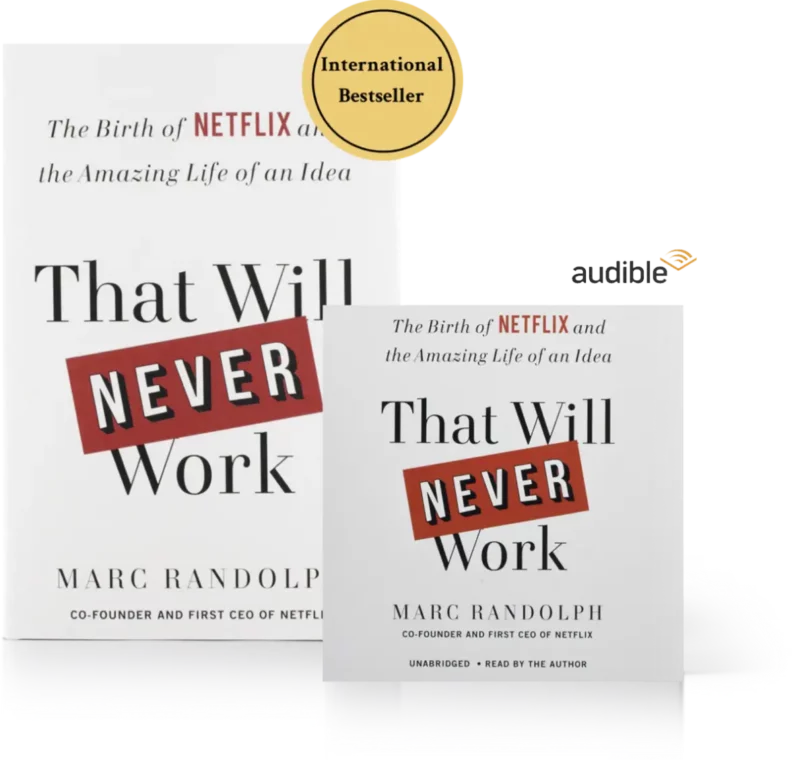One More Lap, Then I’ll Stop.
Like summiting Mt. Everest, succeeding as an entrepreneur is an overwhelming task.

Earlier this year, I was invited to sit down for an interview with leadership coach Ishita Gupta. As we sat waiting for the techs to get things ready, she casually mentioned she was about to climb Mount Everest.
Well, sort of. She was really climbing Kilimanjaro.
Ok. It’s complicated.
Ishita had signed up for an Everesting challenge, in which hikers ascend some of the world’s tallest mountains: Kilimanjaro, Denali, Everest. But instead of flying to Tanzania, Alaska, or Nepal armed with ropes and ice-axes, participants travel to Idaho, Vermont, or Utah. There, over the course of one grueling weekend, they climb repeated laps up an empty ski hill, completing courses calculated to equal the height of each peak.
Kilimanjaro is 19,341 feet, and the ski hill Ishita was climbing was 1,750 feet. That meant she’d have to repeat the ascent eleven times — hiking from the base lodge to the top of the peak, riding a chairlift down to the beginning, then heading back up again.
“I’m really nervous about this,” she shared with me. “I know you’re a climber. Do you have any advice for me? Maybe a mantra I can chant as I climb?”
I thought for a moment. Then I said the first thing that came to mind:
“One more lap, then I’ll stop.”
It was kind of a joke. We laughed about it. But a couple of weeks later, when I asked her how her climb had gone, Ishita told me that she’d taken it seriously.
“One more lap got me through,” she wrote to me. “Not only did I climb 19,341 feet of Kilimanjaro (my goal), I went all the way to Everest. 29029 feet! After twenty-nine hours of straight climbing — no sleep or stopping — I wanted to kill you! It was dead of night, then early morning, and there I was, doing just one more lap. Wasn’t even my body that wanted to give in. It was my mind. Thank you from the bottom of my heart… and the soles of my feet.”
The more I thought about it, the more I realized how useful the mantra I’d jokingly tossed off to Ishita could be in a startup environment. Because like summiting Everest, succeeding as an entrepreneur is an overwhelming task. The ultimate objective can be years away and you probably can’t even see the actual summit. Most of the route is obscured, and what you can see appears to be blocked by uncrossable rivers and unclimbable cliffs.
And like Everest, if you fixate on the immensity of the goal, you’ll never take that first step.
That was certainly the case when we started Netflix.
Beating Blockbuster was our Everest. But at the beginning, we didn’t set out to be bigger than them. That would have been crazy! Blockbuster had 9,000 stores and 60,000 employees.
Instead, at the beginning, we set a more manageable goal: to be the size of a single Blockbuster store. That meant $750,000 dollars in revenue. In 1997, that seemed like a lot, but at least it seemed possible.
We got there three months after launch.
Our next goal was a bit more ambitious: to be as big as one of the top-5 video rental chains. Not Blockbuster, but in the same ballpark.
That took until 2001.
Only then, four years into our journey, did we set our sights on knocking Blockbuster out of the number one spot.
Tick off another seven years, and by the time Netflix got there, it was 2008.
By then, I’d left the company. But I knew what their next goal was: beating HBO. That meant getting to 40 million subscribers.
It took another five years, but in 2013, they got there.
Finally, By 2015, 18 years after we started, we hit 6 billion dollars in revenue a year. That’s roughly what Blockbuster had been pulling in all the way back in 1997, the year Reed Hastings and I started.
Our incremental strategy had paid off. If we’d started with the goal of being bigger than Blockbuster, there’s no way we would have succeeded. If we’d aimed for something that would ultimately take eighteen years to accomplish, we would have found it difficult to even get started.
It would have been like staring up at Everest without a backpack, wearing a swimsuit and flip flops.
Actually, it would have been harder.
When you climb Everest, at least the mountain stays the same size while you’re doing it. But in business (and in life), immense obstacles have a way of shifting, changing, and getting even bigger.
You crest a ridge only to see another one, even higher up. You reach that summit only to realize that in fact, the mountain you’ve been scaling is just a foothill.
That’s why One more lap, then I’ll stop is so helpful: It allows you to achieve big by dreaming small. It allows you to react to the unpredictability of life, the way that challenges grow and multiply in ways that are difficult to predict.
There is a freedom that comes from focusing on immediate goals rather than distant ones. Possibilities open up when you stop thinking about the future and instead live in the present.
And by focusing on the immediate task at hand — the next lap, the next ridge, the very next step — you can make it up the mountain, even if it’s shifting beneath your boots.
Ishita and her exhausted insteps can tell you: You climb a mountain step by step. Mile by mile. Lap by lap.
RECOMMENDED FOR YOU
Has Netflix Jumped the Shark?
Podcast Episode 72
Is it a Culture Problem or a Hiring Problem?
October 25, 2022 • 38 min
